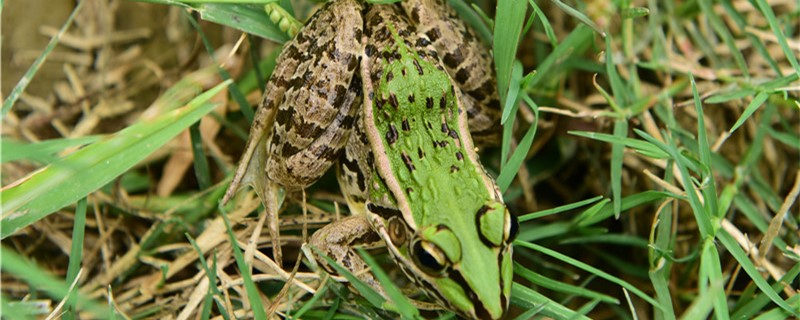 1. Can frogs hibernate
1. Can frogs hibernate Frogs belong to amphibians, and the body temperature of amphibians has common characteristics, that is, their body temperature changes, which is simply a temperature-changing animal. Therefore, as time goes by, when the temperature drops to a lower range, the frog's body temperature will also become lower. Frogs' body temperature has a great influence on their own physiological activities. When their body temperature is very low, their activity will decrease until they enter a state of complete hibernation. Therefore, frogs hibernate, especially in areas where the temperature is very low in winter, and frogs basically hibernate.
In fact, it is difficult for frogs to find suitable food throughout winter. Because the surrounding temperature is relatively low, there are relatively few insects that can survive. Therefore, from the food point of view, frogs must also hibernate. When frogs hibernate, they don't need to eat because of their low energy consumption. They can wait until the spring of next year, and then come out for food when the temperature is higher and there are more insects.
2. When do frogs hibernateAs mentioned above, frogs hibernate. Basically, they are in hibernation all winter, basically inactive, do not consume energy, and do not consume energy by eating. In fact, the temperature has started to drop since the end of autumn, and it is already very low in some areas. Therefore, frogs are basically ready to hibernate from the end of autumn. The first is to find a suitable cave, which is usually a hidden cave, so it is not easy to be found by their natural enemies. And they will start to eat more food, so that they can store enough energy for hibernation.